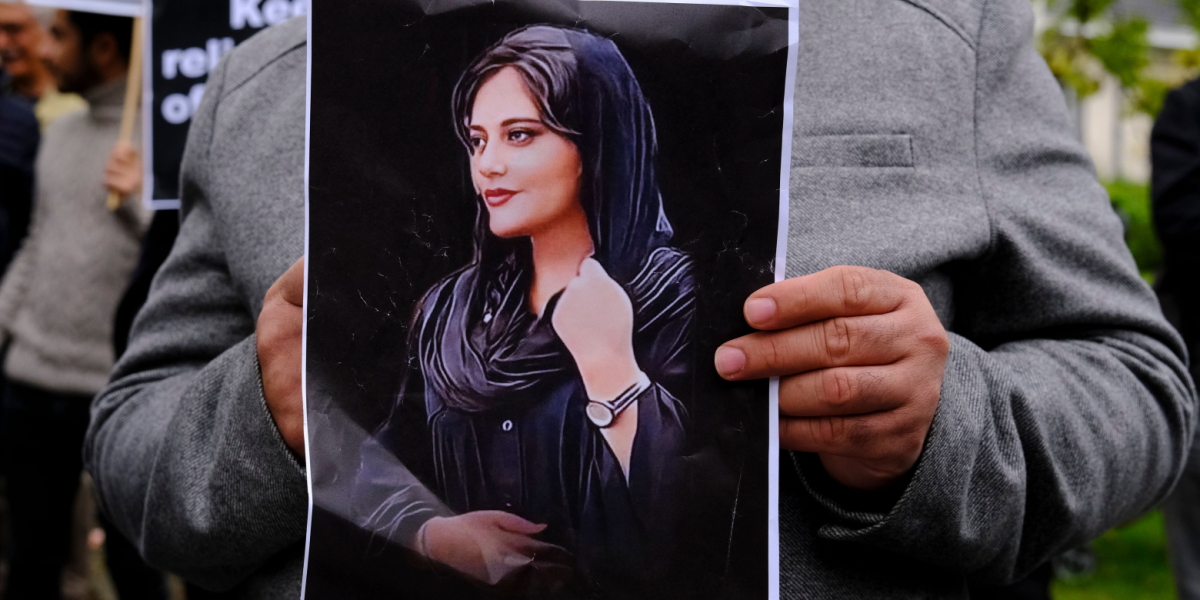






Iranian Women Ride Motorbikes and Reveal Hair in Tehran Streets

Small, visible acts in public spaces can carry outsized meaning. In Tehran this week, a number of women were photographed riding motorbikes with parts of their hair uncovered — a gesture that, while ordinary in many cities, reads as a quiet form of dissent and personal expression in the Iranian capital. These images have been shared widely, prompting conversations about visibility, safety and the everyday politics of hair.
Why these moments resonate
The sight of women cycling or riding motorbikes with hair visible is layered with cultural and political significance. In many parts of the world, showing hair is a commonplace fashion choice; in Tehran, it can be interpreted as a deliberate assertion of autonomy. Such acts draw attention not because of theatrical intent but because they reclaim a private, bodily expression in a public setting.

What it means for hair and identity
Hair has long been a marker of identity, style and personal freedom. In contexts where dress codes and public norms are tightly policed, small choices about hair become powerful ways to communicate. For those who follow hair trends, these moments are also a reminder that hairstyle and visibility are entwined with rights and self-expression.
- Visibility: Showing hair in public can be a form of personal expression and, for some, a political statement.
- Safety and risk: Public acts around personal appearance are often carried out with caution given potential legal or social consequences.
- Community response: Such images can galvanise conversation online and offline, connecting private choices to wider social movements.
The practicalities — mobility, style and the streets
Riding a motorbike affects how hair and head coverings behave: wind, helmets, and movement all change how hair is worn. For many women photographed in Tehran, the motorbike is both a practical mode of transport and a stage where style and autonomy meet — hair that peeks out from under a headscarf becomes visible through movement, creating moments that are both candid and symbolically charged.
Public reaction and the media
Photographs and short videos of these street scenes travel fast on social platforms. They are interpreted differently depending on viewers’ backgrounds — for some, a hopeful sign of gradual social change; for others, a reminder of ongoing restrictions and the risks individuals face. Media coverage tends to frame these moments within broader debates about rights, enforcement and everyday life in Iran.
Key Takeaways
- Small, everyday gestures — like riding a motorbike with hair visible — can carry significant cultural meaning in places where public appearance is regulated.
- Hair remains a potent symbol of identity and autonomy; visibility in public spaces is intertwined with broader social and political conversations.
- Practical choices about transport and style (helmets, scarves, wind) shape how such acts are performed and how visible they become.
- Images circulating online amplify these gestures, turning private choices into shared moments that prompt discussion and empathy.
- Understanding these actions requires careful attention to context, safety considerations and the lived experiences of those involved.
Frequently Asked Questions
Q: Are these acts intended as protests?
A: Not necessarily. For many, riding a motorbike or allowing hair to become visible may be an ordinary, personal choice. However, given the social and legal context, such moments can also be read as acts of resistance or expressions of autonomy.
Q: Is it safe for women to show their hair in public?
A: Safety depends on many factors, including location, timing and local enforcement practices. Individuals consider personal risk when choosing how to present themselves in public spaces, and responses from authorities or members of the public can vary.
Q: Why does hair hold so much symbolic weight?
A: Hair is deeply personal and culturally coded. It is used to signal identity, religion, political stance and fashion. In environments where appearance is regulated, hair becomes a visible way to assert individuality or solidarity.
Q: Do images like these change public opinion?
A: Visual moments can influence public conversation by making private experiences visible. They may shift perceptions over time, especially when shared widely and accompanied by personal narratives and dialogue.
Q: How should international observers respond?
A: Observers should prioritise context, listen to local voices, and avoid reducing complex situations to single narratives. Respecting the perspectives and safety of those featured in images is essential.
Explore More: Discover related reads from Hairporium — News • Guides • DIYs • Expert Articles.
Stay Updated: Read more UK hair industry news and innovations on Hairporium News.







